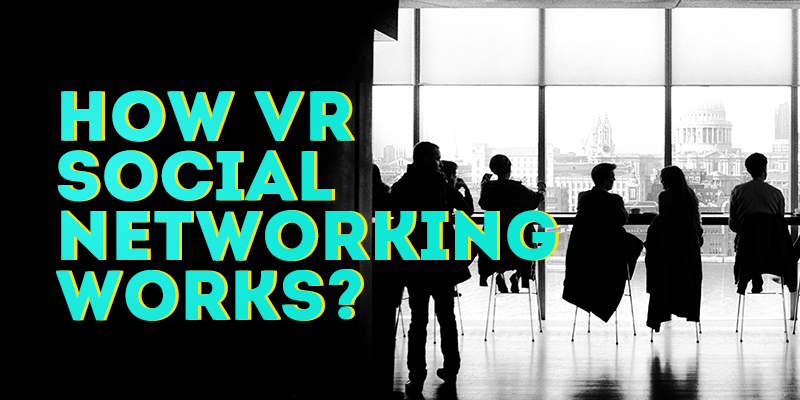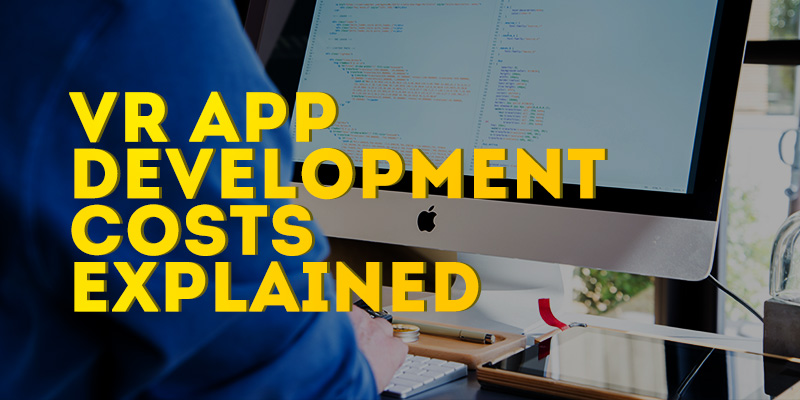The $2bn Facebook paid for Oculus in 2014 certainly raised a few eyebrows at the time. Many wondered why the world’s biggest and most popular social network wanted to own a virtual reality company that specialized in single-user experiences - the antithesis of social media, which is fundamentally about sharing experiences with others.
Yet today, that $2bn could prove to be a bargain. It seems Facebook sees VR as the next logical step in the evolution of social networking. This idea of virtual reality in social media was hammered home during April’s F8, Facebook’s annual developer’s conference held in San Francisco.
Facebook’s CTO Mike Schroepfer discussed the idea of ‘social VR’ during his keynote address, and went so far as to provide real and rounded examples of how the company believes VR will be used as a social tool.
And Facebook will undoubtedly be joined by other major VR players, such as Google, Microsoft, HTC, Samsung, and Sony, all of whom will look to marry the single-user experience to the social experience, and drive the industry towards fulfilling its $30bn revenue forecast by the year 2020.
Making Mainstream Moves
Reports, such as the one written by Greenlight VR and Road to VR, suggest that while sales of VR hardware like the HTC Vive, Oculus Rift, and the Sony PlayStation VR are steadily increasing (and projected to hit around 2 million units sold by the end of 2016), it could take around six to eight years before the technology makes its way into the mainstream (the impending arrival of Google Daydream could yet shorten that timeframe).
However Mark Zuckerberg and Facebook are not likely to be worried about such predictions.
During F8, a very early example of social VR was shown, demonstrating its potential for bringing people together via multi-user VR. The technology is still a little rough around the edges, and certainly far from delivering what Facebook calls ‘social presence’, but it’s definitely a step in the right direction.
How Will a VR Social Network Work?
The proliferation and adoption of the concept of multi-user VR will be incredibly important to the success of any Virtual Reality social network.
That’s why the Toybox experience from Oculus, which debuted last year, is so exciting. It demonstrates the possibility of interacting with another individual, playing with toys or batting around a ping-pong ball in a completely virtual environment.
Although not as complex as some of the single-user VR experiences, it still goes someway towards exemplifying the potential of a multi-user VR experience.
What’s more interesting, however, is how multi-user VR gaming differs from social. The example from Facebook at F8 showed CTO Mike Schroepfer and Facebook engineer Mike Booth jumping into a series of 360-degree photographs, before taking a VR selfie and uploading it directly to Facebook.
In doing so, it was explained that there were no game mechanics at play whatsoever. This was purely a social interaction. And with good reason: the more the experience resembles a game, with objectives and scores, the less likely you are to interact with the other person.
Virtual Reality: Calming Concerns and Conquering Challenges
As VR technology becomes more and more popular, concerns have understandably been raised as to its potential for isolation. Single-user VR could see individuals escaping into virtual worlds, interacting with virtual characters, and generally disconnecting from the real-world, failing to develop real relationships.
That’s why the direction in which Facebook is headed, and the concept of social VR in general, is most welcome. Social VR will be entirely about inhabiting virtual space together, and driven by real human interaction.
Still, the intricacies of human interaction puts genuine social VR someway off.
The ultimate goal of Oculus and Facebook will be the creation of genuine and deeply convincing interactions. The achievement of ‘social presence’ will be reliant upon replicating the feelings experienced when you are spending time with other people, only you will be doing so in a virtual environment.
This will only come when you are able to pick up on social cues, (micro) expressions, and body language, just like in real life. And making this happen will need technology and algorithms that haven’t yet been invented or perfected.
The Evolution of Social
Social networking has grown from text-based communication to largely visual, through the sharing of pictures and videos.
Virtual Reality is therefore tailor-made to be utilised as a social platform. It is, at its very core, about communication.
Facebook, with its one billion active users and Oculus at its disposal, are best placed to evolve social networking even further; from a browser-based distraction to an immersive interaction.
The concept and early iterations of social VR - and the moves undertaken by Facebook - prove that the applications for Virtual Reality extend far beyond entertainment and gaming. These new-look social platforms will fundamentally transform the way in which we communicate, collaborate, educate, socialise, romance, and shop.
Pretty much anything we can do on a laptop, tablet, or smartphone will be transferred into a fully-realised virtual environment.
vTime: The First VR Social Platform
While those previously discussed social cues and expressions are still lacking from social VR, that hasn’t stopped the development of social networking platforms purpose built for Virtual Reality.
Take, for instance, vTime from Starship.
Recently launched on Oculus Rift, it allows you to spend time with your friends in a virtual world. Or, if you’d prefer, you can upload your own photographs and actually use them as the backdrop to your conversations.
And over the last few months, this innovative VR social network has released a number of exciting updates. Users can now experience vTime via Google Cardboard, making the app even more accessible. Since its launch in December 2015, it has been downloaded by hundreds of thousands of users located across 195 countries.
How Does vTime Work?
vTime feels a little bit like The Sims meets Second Life. To use it, simply download the app, then create a somewhat lifelike (or not-so-lifelike) avatar. You then enter one of twelve virtual destinations in which to interact with between one and three friends, all of whom are also wearing VR headsets.
In vTime, you’re able to chat with your friends in real-time, and thanks to the app’s clever head-tracking and spatial audio, you will enjoy perhaps the best example of ‘social presence’ that is currently available.
You can also share pictures within the platform, but it’s not like Instagram or Snapchat. This is something so much more unique. Firstly, there’s the option to display photos on a virtual TV screen within a virtual sitting room environment, allowing you and your friends to talk about them as you would if you were all sat in the same room in the real-world.
Or, instead of choosing one of vTime’s specially selected virtual environments in which to sit, you can create your own by using one of your favourite photos as a 360-degree virtual backdrop. The onus is on more than just sitting and chatting; it’s about sharing memories and reconnecting, no matter where you and your friends happen to be in the wider world.
How Much Does It Cost to Develop a VR App?
By the time the bells ring out signaling the start of a new year, the total number of VR users will exceed 43 million. This is a market on the move, projected to be worth $30bn by 2020.
And even if you don’t have a fancy VR headset, you can still use vTime. Instead, you can use your smartphone and headphones with a microphone to start interacting with other users. However, it goes without saying, if you want to fully experience this social VR network, you should pick up a Virtual Reality HMD.
The UK-based developers Starship are keen to see their social network available across all major VR platforms by the end of the year, including PlayStation VR, Oculus Rift, and HTC Vive.
The Future of VR Social Networking
With the exciting strides being made by Facebook and the innovations coming out of the UK with vTime, there’s a lot to be positive about when it comes to social VR.
In much the same way the videogames industry overcame the stigma of solitary gamers to build an active network for online gaming, the VR industry will undoubtedly be boosted by multi-user virtual experiences. This will placate any concerns that Virtual Reality is an isolating activity, designed to replace human interaction.
Rather, it is far more likely that, in the not-too-distant-future, VR will replace standard web browsing. Virtual stores will replace eCommerce websites, virtual bars will pop up to help singles mingle, and social VR will bring old friends together around a computer-generated campfire to share stories and reconnect.
We do know this, however: there are some truly exciting times ahead for Virtual Reality.
How Can AppReal-VR Help?
As the technologies involved in social VR are further tweaked and improved, there represents an opportunity to get in at the ground level. Your social app idea could be the next big VR hit!
And the good news is, AppReal-VR is primed and ready to help. Our unrivalled experience in custom VR app development has seen us develop VR solutions for businesses competing in a wide number of verticals. With our guidance, you’ll be ready to take your first steps towards making your mark on a billion dollar marketplace.
From concept to completion, we can help you deliver a top of the range VR application that will make your industry sit up and take notice.
We’re ready when you are. Turn your Virtual Reality app idea into reality by speaking with one of our friendly advisers today.


